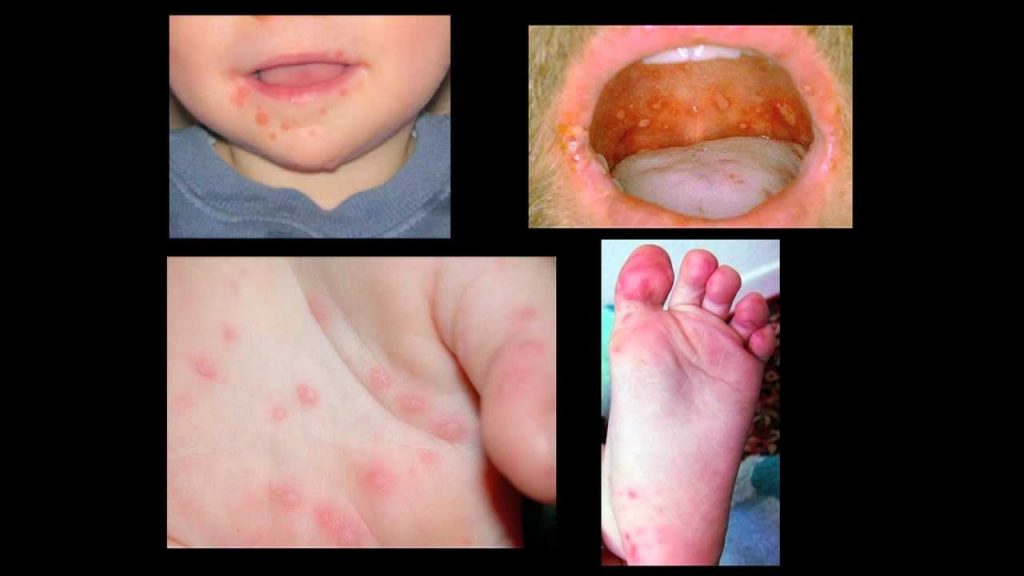
Toddlers and children are more-likely to pass on or receive contagious infections from their peers than from any other segment of the population. Schools, daycare centers, play areas and even homes that have a lot of visitors coming and going are fertile ground for the transmission of contagions, and it’s important to be mindful of various viruses that are in circulation in order to minimize the chances of exposure. In a crisis, similar threats will be present in shelters, staging areas and other public places where young ones congregate.
One of the more-common viruses causes an infection called HFMD, or Hand and Foot to Mouth Disease, yet few people know about it. While it is endemic in tropical regions, tens of thousands of young ones catch and pass on the infection during the summer months when warm, humid weather enables the viruses to stay alive for long periods of time. Let’s take a closer look at HFMD and the coxsakevirus, the virus responsible for causing these infections.
Transmission
The coxsakevirus is spread primarily by putting contaminated hands and feet into the mouth, hence the name, and the virus can live on surfaces for hours, if not days, and this makes it easy for children to pick it up as they engage in normal activities. However, the virus can also be spread through inhalation or through casual contact with someone who is carrying it as well.
Symptoms
It may take a few days following exposure for symptoms to develop, and fortunately, most infections will resolve themselves over the period of a week or so. Initial symptoms include the development of lesions or a spotty rash on the hands and feet that include blisters. Sometimes sores develop in the mouth, and swelling of the throat as well as upper respiratory tract is also possible. Wheezing, coughing, and spitting up mucous are also common signs of infection.
In the most-severe, albeit rare cases, children can develop a form of meningitis that can become life-threatening if not treated quickly.
Unfortunately, the virus can remain active in the body for weeks after symptoms subside. This means that those who are infected can pass along the virus even though they don’t appear to be sick.
Treatment
There is no treatment available for those who are exposed, however doctors usually treat symptoms and secondary problems that develop as a result of infection. Dehydration, congestion, mucous buildup, and throat irritation are the most-common problems that should be monitored and addressed if necessary.
Reducing Exposure
Frequent hand washing, maintaining sanitary conditions and quarantining those who are infected are the most-effective ways to minimize the spread of the virus and to protect little ones from exposure. This is another reason why it’s so important to have sanitary supplies on hand in emergency kits so that you can wipe or clean down surfaces in areas that may be contaminated during a crisis.
Fortunately, kids develop immunity following exposure. However, they can still carry the virus and unwittingly spread it around. This is one of the reasons why the coxsakevirus is so commonplace around the world, and chances are that it’s lurking in a place where your little ones congregate as well. Make sure that you’re taking basic precautions, can treat symptoms at home, and be mindful of early signs of meningitis in order to avoid delaying treatment in a worst-case scenario. Taking a proactive approach with viruses in general can inhibit its spread while minimizing the chances of exposure as well. This is good advice to follow now, and it will be critical to your family’s health and well-being during a prolonged crisis.
